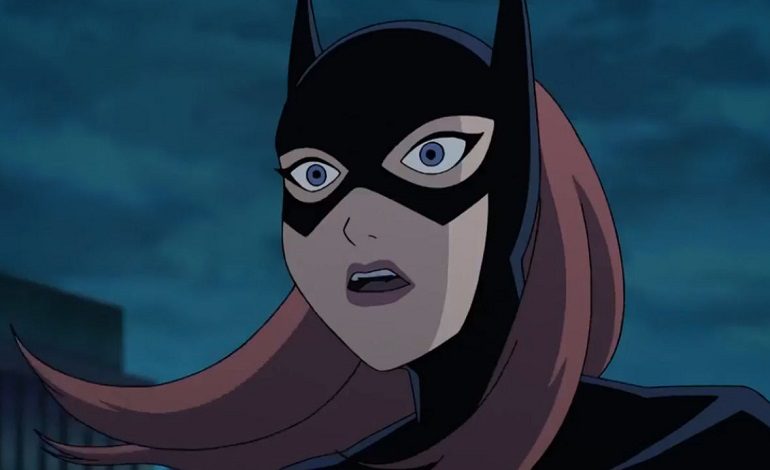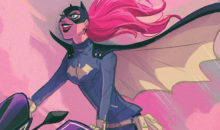The Killing Joke Movie is a Bigger Insult to Batgirl Than the Comic
In the opening act of Batman: The Killing Joke, Batman and Batgirl are hunting a criminal sociopath who’s sexually attracted to Batgirl. Worrying that the criminal’s obsession makes him dangerous, Batman pulls Batgirl off the case, explaining, “he doesn’t know you – he’s objectified you.”
Batman may as well have been talking about the writer of DC Animation’s latest.
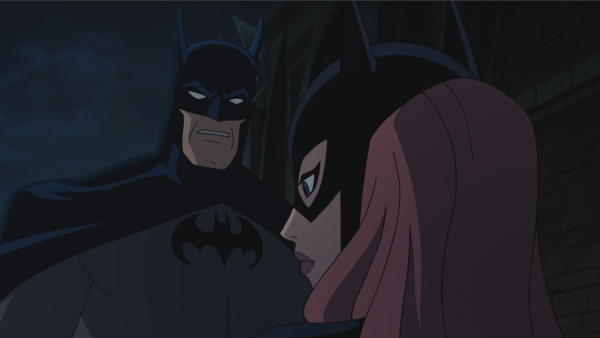
Batman: The Killing Joke is based on writer Alan Moore and artist Brian Bolland’s 1988 comic book of the same name. While the original tale has been celebrated for telling what many consider the definitive Joker story – exploring the character’s demented past, psyche, and relationship with the Dark Knight – it has been equally discussed in recent years as a case study on casual comics sexism and misogyny due to Barbara “Batgirl” Gordon’s role in the story.
In the book, Babs pops up briefly only to be shot by the Joker as a plot device for traumatizing and shocking Commissioner Gordon into insanity. It’s a glaring example of the women in refrigerators trope, where female characters are brutally injured or killed to punish another (usually male) character.
Instead of either toning down the graphic and sexual violence of the original or adapting the story exactly as is, DC Animation went a different route with their film. Being that the original comic book is on the short side and might not fill a full 75 minute feature, they opted to include a new side story that expands on Batgirl’s character before the events of The Killing Joke.
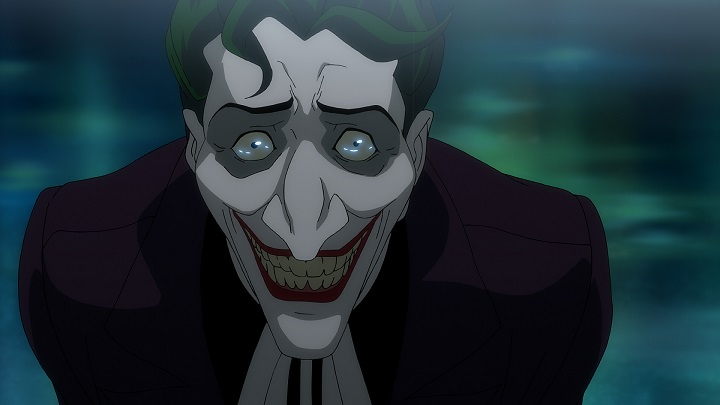
In theory, a half hour prologue where Barbara is suited up and empowered is the perfect chance to counterbalance the casual misogyny of the source material. But in execution, the painfully long prologue to Batman: The Killing Joke is flawed and only makes matters much worse.
The first act focuses on a hot headed and emotional Batgirl who’s constantly berated and undermined by every man she encounters. Whether it’s creepy crime lord Paris Franz fetishizing her, or Batman patronizing her whenever Franz escapes them, Barbara concerns herself strictly with what the boys think of her. What makes matters worse is that this Barbara has a crush on Batman, and spends her out-of-costume scenes gossiping with her cliche gay best friend about her doomed love life. The intelligent, defiant, altruistic Batgirl fans adore from other media is replaced with a stereotypical tween who dresses up to impress a boy.
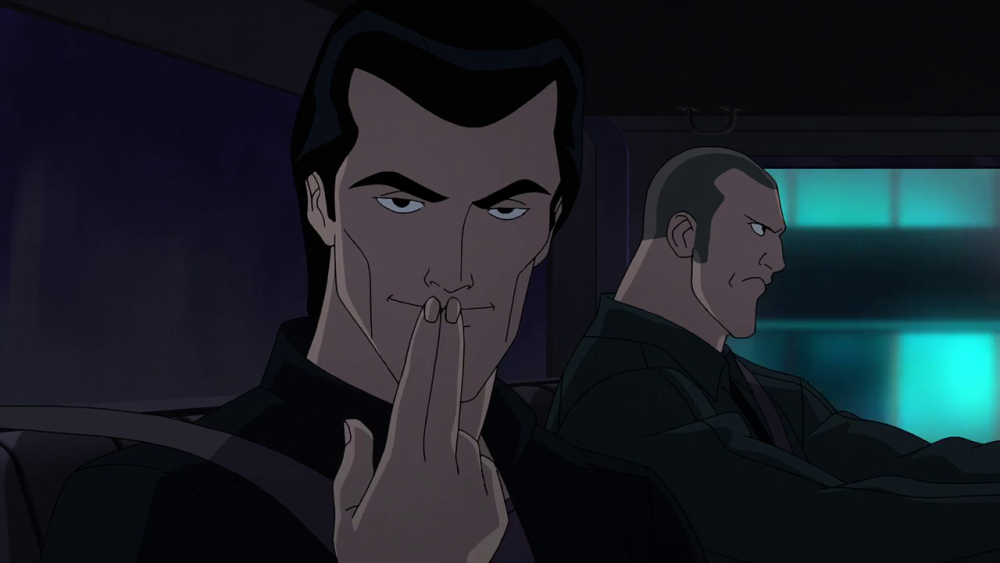
Meet the worst DC villain since Condiment King
And the ugly writing isn’t limited to Batgirl’s behaviour. One thug refers to the crime fighting duo as “The Bat and his bitch.” Later, a red-headed hooker leaves Franz’s private room holding a pillow sheet cut up to resemble Batgirl’s cowl. She tells Franz’s man, “here’s the mask your buddy wanted me to wear.” Even beyond the characters in the film, the animators needlessly include close ups of Barbara’s butt and cleavage when she’s doing unsexy things like jogging. And typing in a library.
Eventually, after another humiliating loss to Franz, Batgirl lets out her pent up aggression on Batman and a tussle quickly devolves into a kiss. The camera pulls away as Barbara removes her mask and top, lying on top of Batman. This relationship was hinted at more than once in the 90’s animated series, but in the context of The Killing Joke makes the women in refrigerators trope even more explicit. Now the Joker has not only paralyzed the daughter of Batman’s best friend, but his woman, too. By the end of the Franz arc, Batgirl is still the loser. Franz is behind bars thanks to her, but Batman basically dumps her after having sex, deeming her unfit to fight crime because she’s too volatile and emotional. And of course, she submits, because when has Batgirl ever been about defying authority?
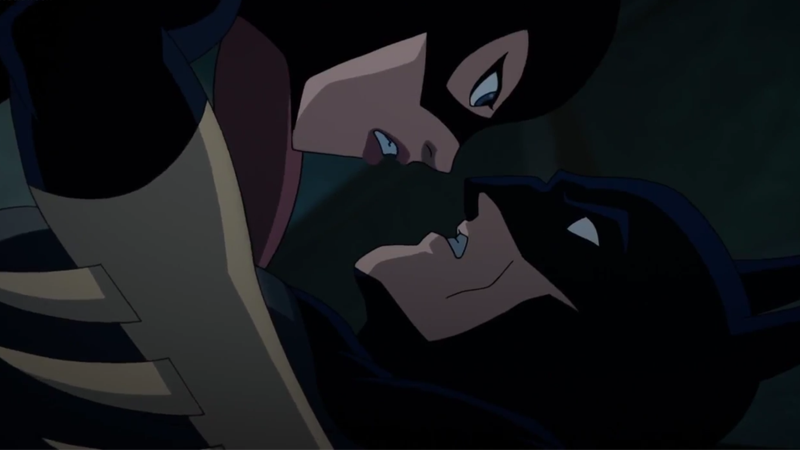
As underwhelming as the 30 of minutes cat calling and cliches were, the most disturbing addition comes from a new scene within the main story. While hunting The Joker, Batman visits a prostitution ring that Joker has been known to visit for sex after escaping prison. They tell the Dark Knight he never came around this time, and suggest that Joker must have “found himself another girl.”
In the comic, Joker appears to unbutton Barbara’s shirt before taking pictures of her, and later forces her father to look at them. Since we the reader only see portions of the photos revealing Barbara’s unclothed skin, some speculate that Moore and Bolland were implying that the Joker was raping Barbara in the photos he showed the Commissioner. Batman’s scene with the escorts removes any subtlety and sickeningly suggests these fan theories were true.

So how does a story like this become even more problematic when fans have been so vocal about their dissatisfaction? It starts in the writers room. Writer Brian Azzarello and director Sam Liu clearly don’t understand that you can’t fix a poorly written character by simply giving her more screen time. “Fleshed out” and “flesh out” aren’t one and the same. DC had a shot at humanizing the sexual pawn in this story; to turn a shock-value moment into a genuine tragedy for a character we believed in. Instead they opted for dark and dirty, likely to earn that gritty R rating.
The hardest part is knowing there are creators in the current comics scene who have worked with DC and could have done such better work with the character. Artists like Babs Tarr and Gail Simone, to name a few, have experience developing the character for a new generation, adding progress, style, and humanity to Barbara Gordon.
If stories from the past are to be remade in the modern day, why not recruit contemporary creators with bold new visions of these characters? If remakes and adaptations aren’t going to take the characters in new directions or introduce new perspectives, they have no reason to be revisited at all. Barbara Gordon has grown since 1988, and so have comic book fans.
Maybe the writers ought to as well.

